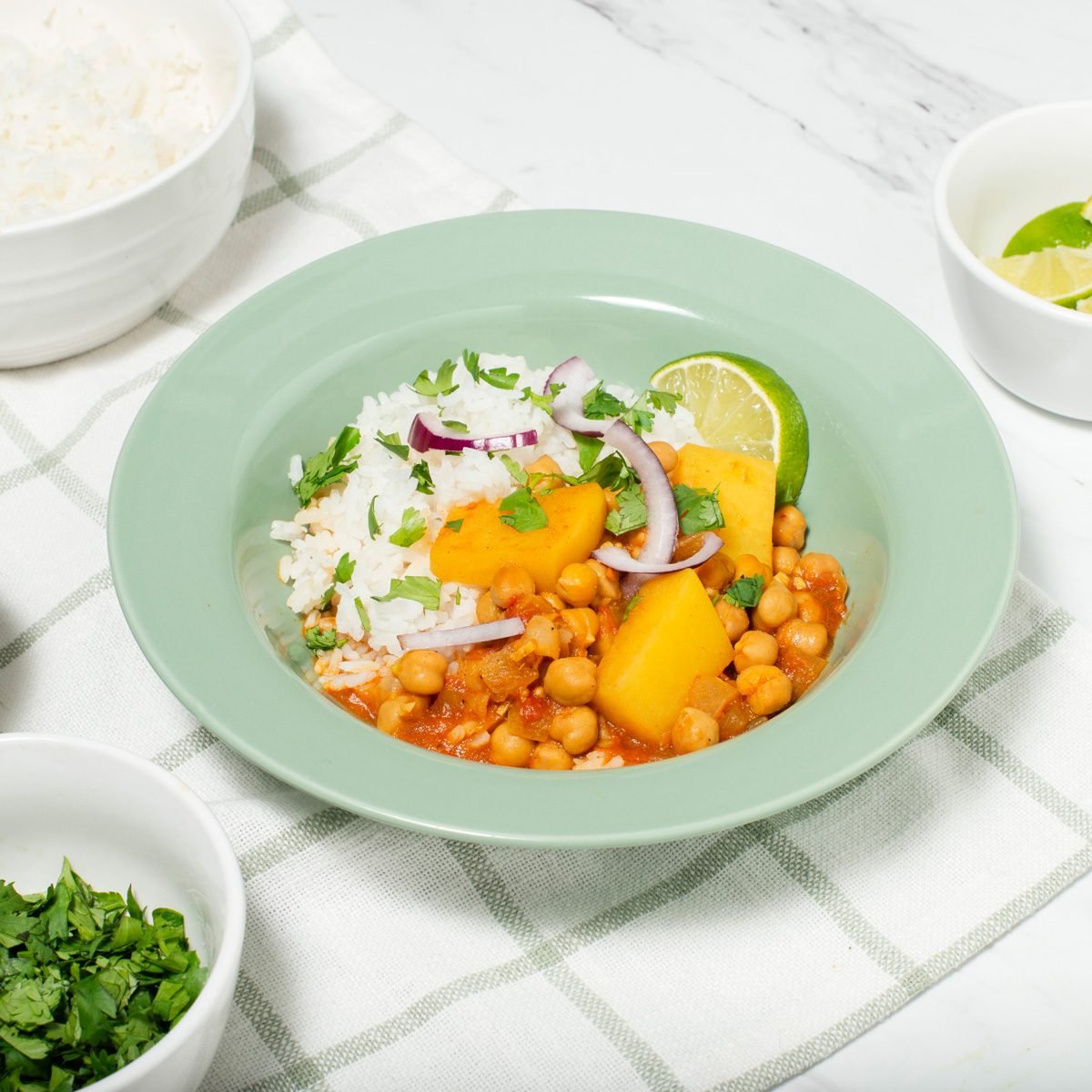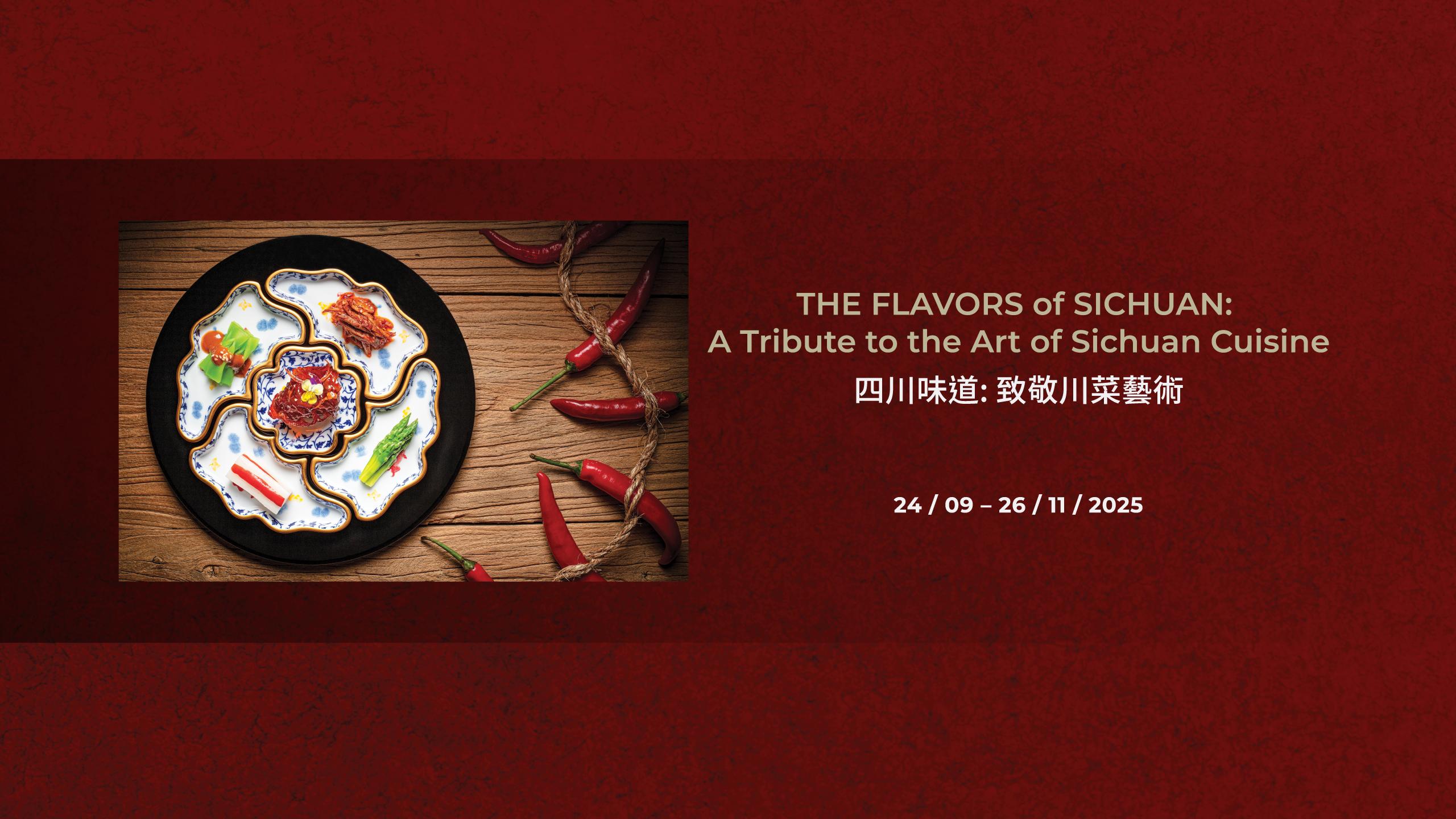Exploring Flavors: How to Create Ethnic Dishes at Home

Culinary Exploration: A Journey Through Global Flavors
In today’s globalized world, the allure of ethnic cuisine is more accessible than ever. From food trucks serving sizzling tacos to restaurant kitchens whipping up authentic pho, culinary traditions from all over the globe are just a meal away. Each dish not only tantalizes the taste buds but also narrates a rich tapestry of cultural heritage and history. For instance, Indian cuisine often features the use of aromatic spices such as cumin and turmeric, which not only provide flavor but carry stories of trade routes and ancient practices.
Why should you explore these vibrant flavors at home? Here are a few compelling reasons:
- Culinary Exploration: Delve into different cultural backgrounds and discover the narratives behind each dish. For example, Moroccan tagine, with its sweet and savory notes, reveals the country’s historical blend of Berber, Arab, and Mediterranean influences.
- Healthier Options: Many traditional recipes rely on fresh, whole ingredients, offering healthier alternatives. A Mediterranean diet, rich in fruits, vegetables, and olive oil, has been shown to support heart health and promote longevity.
- Family Bonding: Cooking ethnic dishes can be a fun way to bring family and friends together, fostering connection through shared experiences. Organizing a sushi-making night or a taco bar can turn dinner into an interactive event, creating fond memories while savoring delicious food.
Creating ethnic dishes allows you not only to satisfy your palate but also to embrace diverse cultures right in your kitchen. As you uncover these recipes, consider the essential ingredients and cooking techniques that make each cuisine unique. For instance, the French method of slow-cooking meats, or the Japanese art of sushi rolling can transform your culinary skills and appreciation for various cooking techniques.
The act of cooking offers an opportunity to discover new worlds. Perhaps you would like to try your hand at creating homemade dumplings, learning to fold and fill them with flavors reminiscent of a bustling dim sum restaurant. Or you could venture into the vibrant world of Kenyan cuisine by preparing a spicy, comforting stew called ugali, paired with colorful vegetable dishes. These cooking experiences not only introduce new palates but also encourage a deeper understanding of different ways of life.
As we embrace these diverse culinary traditions, let your kitchen become a melting pot of flavors and traditions. Whether you’re a seasoned chef or a novice cook, there’s a wealth of options waiting for you to experiment with. Consider seeking out local ethnic grocery stores in your area; these can provide authentic ingredients you might not find at your regular supermarket.

So, what are you waiting for? Grab your apron, gather your loved ones, and let’s embark on a flavorful adventure together! The world is waiting, one delicious dish at a time.
DISCOVER MORE: Click here to learn how creativity can transform mental health
Essential Ingredients: The Building Blocks of Ethnic Cuisine
As you begin your journey into the world of ethnic dishes, understanding the key ingredients that define various cuisines is essential. Each culture boasts unique staples that impart characteristic flavors and aromas, laying the foundation for their culinary identity. Here’s a closer look at some fundamental ingredients across different cultures and how to source them for your home cooking adventures.
- Spices and Herbs: The heart of any ethnic dish lies in its spices. For example, Indian cooking often features garam masala, a complex blend of spices that adds warmth to curries. In contrast, Italian cuisine relies heavily on fresh basil and oregano for its classic pasta sauces. Exploring local markets or specialty stores can help you find these essential ingredients, which can usually be purchased both whole and ground.
- Grains and Legumes: Many cultures celebrate grains, which serve as a staple in their diets. Middle Eastern dishes frequently incorporate bulgur or quinoa, while South American fare often features black beans or quinoa. These ingredients not only enhance the taste but also contribute nutritional benefits such as fiber and protein.
- Fresh Produce: Vegetables and fruits are paramount in ethnic cuisine. In Mediterranean dishes, you’ll commonly encounter eggplant or zucchini in ratatouille, while lime and coriander can elevate Mexican dishes like ceviche. Visiting farmers’ markets or ethnic grocery stores ensures you get the freshest produce available, allowing you to capture authentic flavors.
Beyond just the ingredients, understanding the preparation methods characteristic of various cuisines is equally important. For instance, the technique of stir-frying seen in Chinese cuisine preserves the color and nutrients of vegetables, while the slow-cooking process of braising in African dishes allows meats to become tender and infused with rich flavors. Mastering these techniques can elevate your cooking and bring an authentic touch to your dishes.
Many ethnic recipes may seem daunting at first glance, but most often, they’re accessible for home cooks willing to explore. One could start with a simple Mexican salsa, which typically requires tomatoes, onions, cilantro, lime, and jalapeños—readily available ingredients that come together quickly to create a vibrant and flavorful condiment. Alternatively, trying your hand at Italian risotto invites you to learn the art of gradually adding broth and stirring to achieve that perfect creamy consistency.
As you gather these ingredients and experiment with various cooking methods, you’ll unlock a world of culinary possibilities right in your kitchen. Do not be afraid to mix and match flavors or adjust recipes that resonate with your palate. Cooking ethnic dishes is not just about following a recipe; it’s about embracing creativity and discovering your own unique flavor combinations.
With practice and patience, you will find joy in creating meals that celebrate global traditions and leave a lasting impression on your loved ones, paving the way for deeper cultural connections through every delicious bite.
| Cultural Awareness | Expanded Culinary Horizons |
|---|---|
| Understanding Ethnic Origins | Experimenting with Ingredients |
| Promotes diverse cooking practices and the celebration of heritage | Incorporates unique spices and flavors to elevate everyday dishes |
Exploring ethnic cuisines at home not only enhances your cooking skills but also provides a window into the rich traditions of different cultures. Cultural awareness deepens as you prepare dishes representative of various regions, such as the fragrant spices of Indian curry or the zest of Mexican mole. This culinary journey fosters appreciation and understanding of the diverse world we inhabit. On the other hand, expanded culinary horizons open up new possibilities in the kitchen. When experimenting, you discover ingredients that are often overlooked, like sumac or fenugreek, which can transform the mundane into the extraordinary. Each dish tells a story, from its ingredients to its historical significance, allowing home cooks to connect with different cultures and their gastronomic delights. Embrace the adventure of creating ethnic dishes at home and let each bite be a new discovery.
DISCOVER MORE: Click here to dive deeper
Techniques and Tools: Mastering the Art of Ethnic Cooking
As exciting as the ingredients might be, the art of creating stunning ethnic dishes at home also lies in your cooking techniques and culinary tools. These methods not only enhance the flavors of the ingredients but also bring a sense of authenticity to the dishes you prepare. Delving into varied cooking techniques opens up new avenues for flavor exploration and culinary satisfaction.
Marinating is a technique often prominently featured in many cuisines, particularly in Middle Eastern and Indian cooking. Marinating meats and vegetables in a mixture of spices, herbs, and acidic ingredients like yogurt or vinegar allows them to absorb complex flavors before cooking. A simple yogurt and spice marinate can transform chicken or lamb, rendering it tender and fragrant. Try sourcing local Palestinian or Indian spices to broaden your options—ingredients like za’atar or turmeric can elevate even the simplest grilled kebabs.
- Slow Cooking: This method is iconic in many cultures, from the rich, aromatic stews of France to the hearty tagines of Morocco. Investing in a quality slow cooker can be a game-changer. For instance, utilizing this tool for a traditional coq au vin or Moroccan lamb stew allows flavors to meld beautifully, resulting in a dish that’s comforting and deeply satisfying.
- Stir-Frying: A signature method in East Asian cuisine, stir-frying offers efficiency alongside vibrant flavor. A well-wielded wok can heat food quickly, preserving the texture and color of vegetables. When quick-preparing dishes like Chinese chop suey or Thai basil chicken, using a high-heat oil such as peanut or canola will enhance the overall result.
- Grilling: This age-old technique transcends cultures and can be witnessed in countless dishes, from American barbecue to Argentine asado. Grilling not only adds a smoky flavor but also creates appealing char marks that enhance the presentation. Try marinating your favorite vegetables and meats before using a grill pan or actual grill to replicate the cultural experience.
The right kitchen tools are equally essential for exploring ethnic flavors effectively. A high-quality chef’s knife, for instance, is indispensable for prepping ingredients. Pair it with a sturdy cutting board and incorporate specialty tools like a mortar and pestle for grinding spices, or a mandoline slicer for exceptionally thin cuts, to elevate your cooking experience. Specialty cookware, such as a traditional tagine pot, a cast iron skillet for cornbread or southern-style dishes, or an Italian pasta machine for crafting homemade pasta can also prove invaluable in bringing authenticity to your creations.
Additionally, feel free to venture into the world of cooking classes or online tutorials, where experienced chefs guide you through specific ethnic techniques and recipes. Websites and YouTube channels focused on global cuisine can serve as a fantastic resource for mastering not just staple dishes, but also lesser-known traditional dishes that you wouldn’t typically attempt without guidance.
With the right tools and techniques, cooking ethnic dishes at home becomes an enriching and engaging experience that goes beyond mere sustenance—it allows you to connect with cultures worldwide through their traditions. Start experimenting with these methods, trusting your instincts, and embracing the learning process, as you uncover the flavors that await discovery in other lands.
DISCOVER MORE: Click here to explore themed culinary creations
Conclusion: Embrace the World of Ethnic Flavors at Home
As you embark on your culinary journey to explore ethnic dishes, remember that the explosion of flavors is merely a recipe away. Whether you opt for the fragrant spice blends of Indian cuisine or the fresh, zestful herbs typical of Thai cooking, your kitchen can transform into a hub of global tastes. By utilizing diverse cooking techniques such as marinating, slow cooking, stir-frying, and grilling, you can create authentic dishes that tell stories of cultural traditions and heritage.
Your culinary toolkit plays a crucial role in this exploration. Incorporating quality knives, specialty cookware, and essential tools like mortar and pestle can enhance your cooking experience, allowing you to prepare dishes that rival those found in restaurants around the world. Moreover, consider engaging with online resources or local cooking classes to sharpen your skills and gain insights from experts in ethnic cuisines.
Ultimately, cooking is not just about following recipes; it’s about discovery and personal expression. So, take the time to immerse yourself in the unique ingredients of different cultures and trust your palate as you experiment with flavors. This adventure can lead to delightful kitchen creations that captivate your family and friends, fostering a spirit of togetherness and celebration. Dive in, explore, and let the rich tapestry of world cuisine unfold right on your dinner table.


